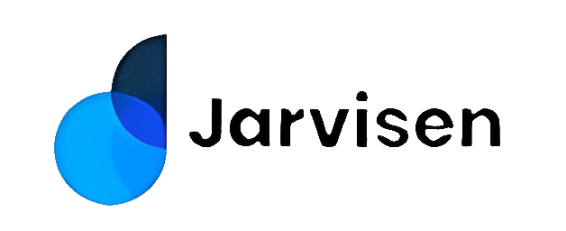When travelling in a foreign land, the language barrier can prove cumbersome, to say the least. Jarvisen's Smart Voice Translator does wonders in that regard, what with automatically translating 60 languages (and counting) into your own native tongue.
Luckily, some aspects of culture translate automatically, no device or dictionary required. These are universal signals that transcend language and are roughly the same no matter where you live. Here now are five signals -- both things we do and things we've created -- that everyone will understand regardless of how far apart linguistically they are from you.
Smiles

Not every gesture we make is universal -- a thumbs-up, for example, is a terrible insult in the Middle East -- but a smile means the same thing no matter where you go. If a foreigner smiles at you, and you at them, you're successfully communicating wordlessly. They're happy to see you, and vice versa. At the very least, they're being polite and cordial, which is undoubtedly better than the opposite reaction.
So when in doubt, smile at someone. No matter how big the language barrier, a smile signals positivity to everyone, everywhere.
Hugs

Similarly, a good, old-fashioned hug signals positivity and acceptance in any culture. Even if you can't convey your affection for someone verbally (though Jarvisen can more than help you with that), giving them a hug more than gets your message across.
Even the type of hug is universal. Quick hugs double as greetings and shows of friendship. More prolonged hugs convey affection, and long hugs with little space between the huggers signify romance. With few, if any exceptions, hugs translate the same around the world.
Traffic Lights

Getting from one place to another without crashing is super important, and every nation on the planet knows this. So no matter where you go, you're going to find traffic lights that operate the same. The color system is universally recognizable: red means stop, yellow means slow down, and green means go. Some countries add a slight variation, where red and yellow flashing together means that the light is about to turn green, but even there it's the same basic idea as everywhere else.
Unless, however, you visit the Asian country of Bhutan. It's not that the traffic lights are different there, though -- there actually ARE no traffic lights. There's a whopping one traffic signal in the whole country, and it's just a crossing guard using hand signals. Luckily, hand-based driving signals are universal too
Road Signs

Much like with traffic lights, many road signs are universal. You may see some slight variations from country to country, but the basic gist is the same wherever you go.
Warning signs will feature a drawing of what to watch out for, and they're either triangular with a red border or a solid yellow diamond. Stop signs are a red octagon with whatever STOP is in that country's language. (Jarvisen can help translate, though the word being plastered on a stop sign should be all the hint you need). A speed limit sign will display the number, often in a white square or circle. Regardless of the shape, the message is unmistakeable.
Some signs are less universal in that they're not used everywhere. There are plenty of signs you'll see in Europe but the US, for example. But if they ARE used, they're used the same everywhere.
Money

It doesn't matter what language you speak -- money speaks to all of us. Every country uses its own unique currency, but the message is always the same: "these pieces of metal and/or paper will help you buy stuff, go places, and just plain live your life.
When you exchange money with a merchant or pay someone for their services, or somebody pays YOU for your services, that's a signal that transcends any size communication barrier. You won't find a single civilized nation that doesn't speak the universal language of currency, and that's likely to be the case for the rest of time.


Share:
How Many Languages Does Jarvisen Know?
5 Reasons Why Google Translate Isn't As Reliable As You Think